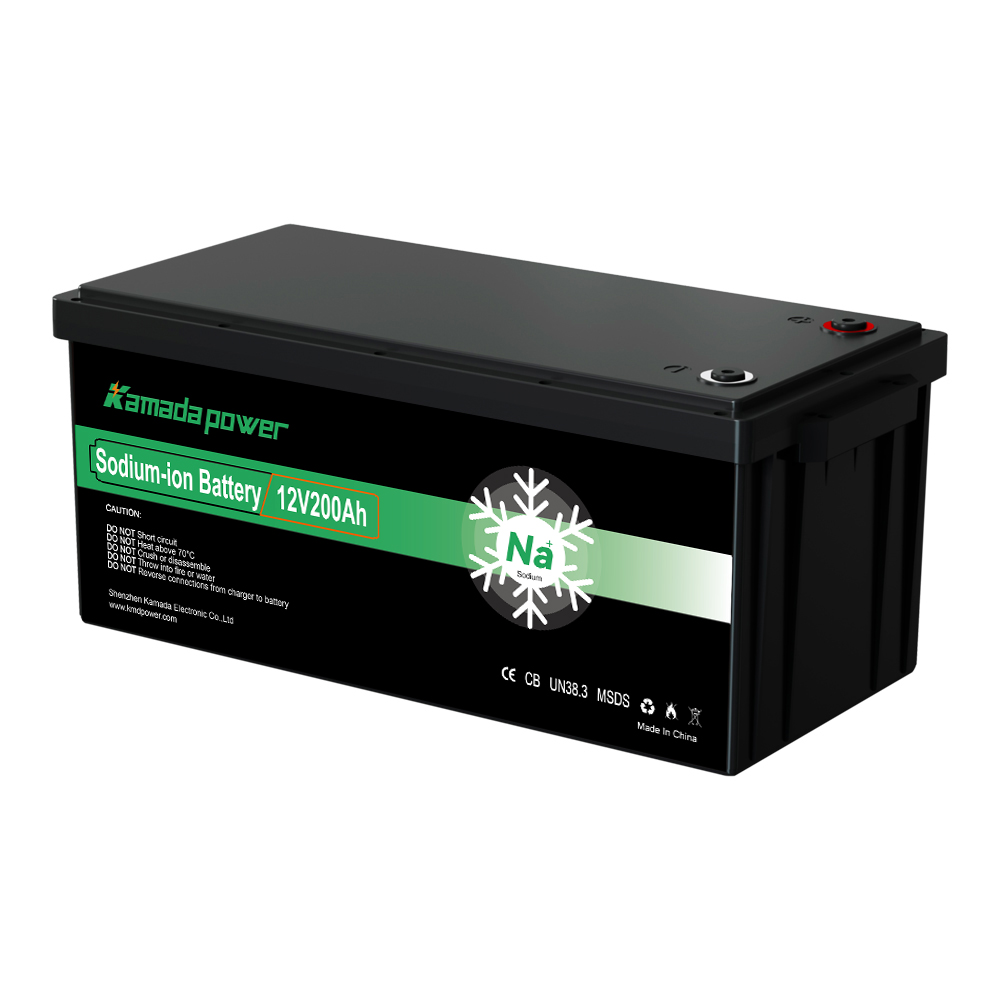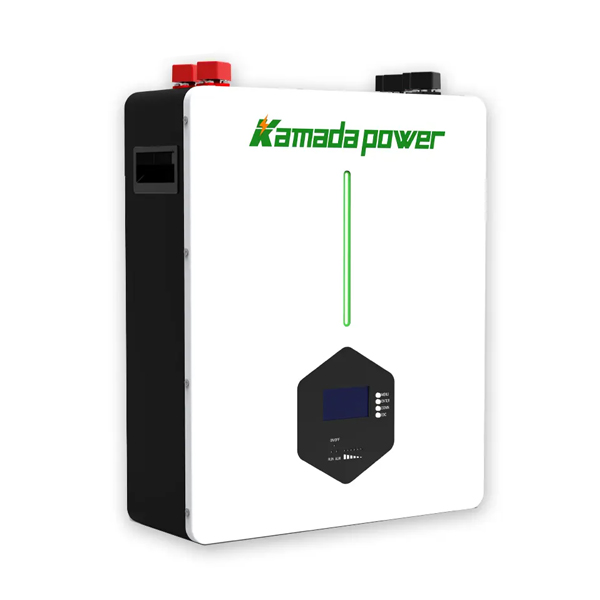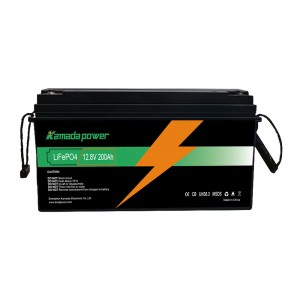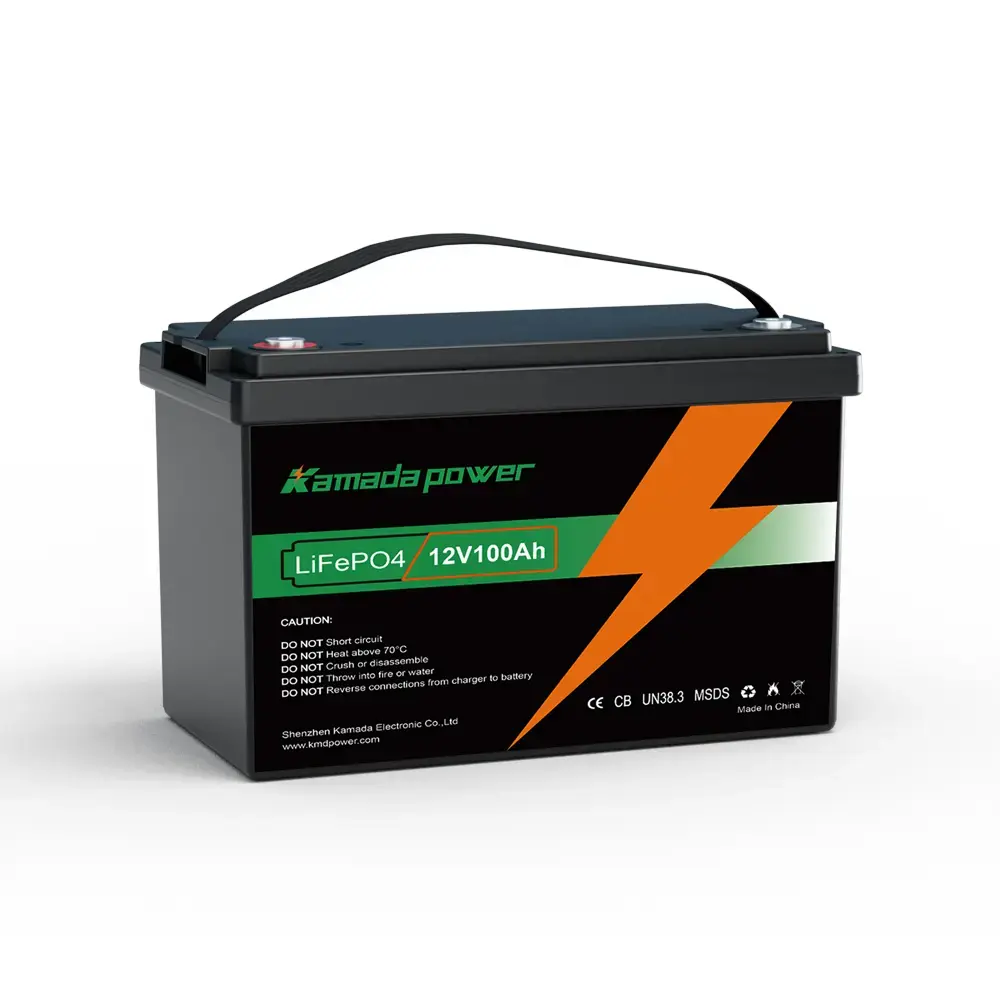So, you have a 12v 100Ah lithium battery and want to know how long it will power your 12V fridge. The quick, ballpark answer is often somewhere between 1 and 4 days. However, this range is huge for a reason: the actual battery life for your 12V fridge depends massively on several factors, especially the fridge’s specific power consumption and how often its compressor needs to run. This guide will break down how to estimate the 100Ah lithium battery run time for your setup, moving beyond guesswork.
Understanding Your 100Ah Lithium Battery Capacity
What “100Ah” Really Means (Amp Hours vs. Watt Hours)
Your battery’s “100Ah” rating stands for 100 Amp Hours. This means, theoretically, the battery can deliver 1 Amp of current for 100 hours, or 10 Amps for 10 hours, etc., at its nominal voltage. While Ah is useful, Watt Hours (Wh) provide a more complete picture of the total energy stored, as it accounts for voltage. You calculate Watt Hours by multiplying Amp Hours by the battery’s nominal voltage (Volts x Ah = Wh).
For most 12V LiFePO4 (Lithium Iron Phosphate) batteries, the nominal voltage is around 12.8V. So, your 100Ah battery capacity translates to approximately:
12.8V * 100Ah = 1280 Wh of energy
Keeping track of battery Wh is often simpler when comparing energy storage to appliance consumption.
Usable Capacity of Lithium (LiFePO4) vs. Lead-Acid
| Parameter | Lithium Iron Phosphate (LiFePO4) Battery | Lead Acid Battery |
|---|---|---|
| Nominal Voltage | 3.2V (per cell) | 2.0V (per cell) |
| Nominal Capacity | Typically 100 Ah or higher | Typically 100 Ah or higher |
| Cycle Life | 2000–5000 cycles | 300–800 cycles |
| Depth of Discharge (DoD) | 80-90% | 50-60% |
| Efficiency of Energy Use | 95-98% | 70-80% |
| Usable Capacity (based on DoD) | 80-90% of nominal capacity | 50-60% of nominal capacity |
| Capacity Reduction with Aging | Minimal (slow decrease in capacity) | Significant over time |
| Internal Resistance | Low | High |
| Weight | Lighter (about 30-50% lighter than lead acid) | Heavier (about 30-50% heavier) |
| Temperature Sensitivity | Less sensitive (better in hot climates) | Highly sensitive (can degrade in hot climates) |
| Charging Time | Faster (typically 2-4 hours) | Slower (typically 6-12 hours) |
| Self-Discharge Rate | Low (~3% per month) | High (~15% per month) |
| Cost per kWh | Higher initial cost | Lower initial cost |
A key advantage of 12v lithium batteries, particularly LiFePO4 types , is their high usable capacity. Unlike traditional lead-acid batteries (Flooded, AGM, Gel) which typically should only be discharged to about 50% to avoid damage and ensure longevity, LiFePO4 batteries can often be safely discharged down to 80%, 90%, or even 100% (check manufacturer specs). This means your 100Ah lithium battery provides significantly more usable energy than a 100Ah lead-acid battery. For our calculations, let’s assume a conservative 90% usable capacity from our 1280Wh battery, giving us about 1150Wh of usable energy. The excellent LiFePO4 battery run time compared to lead-acid is largely due to this factor.
Finding Your 12V Fridge’s Power Consumption
To figure out how long the battery will last, you need to know how much power your fridge consumes.
Locating the Specs: Watts or Amps?
Check the specification sticker on your refrigerator (often inside or on the back), consult the owner’s manual, or look up the model on the manufacturer’s website. You’re looking for the power rating, usually listed in Watts (W) or Amps (A). Watts measure power (the rate of energy use), while Amps measure current (the flow of electricity). If you only find one, you can calculate the other using the formula: Watts = Volts x Amps (using 12V for your fridge, though actual voltage might fluctuate slightly). Knowing the 12 volt refrigerator amps or fridge watts rating is the first step.
The Importance of Duty Cycle
Here’s the crucial part: your fridge compressor doesn’t run 24/7. It cycles on to cool down, then off until the temperature rises past a set point. The percentage of time the compressor is actually running is called the “duty cycle.” A fridge might be rated at 5 Amps (or 60 Watts), but if it only runs 25% of the time (a 25% duty cycle), its average power draw is much lower.
The fridge duty cycle is perhaps the most significant variable affecting run time. It’s heavily influenced by:
- Ambient temperature
- Thermostat setting
- How full the fridge is
- How often you open the door
Estimating this is key. Manufacturers might provide an estimate, or you might need to observe it or use an energy monitor for accuracy. Common estimates range from 20% (cool weather, efficient fridge) to 50% or more (hot weather, frequent use).
Calculating Average Power Consumption
Once you have the rated power (Watts or Amps) and an estimated duty cycle (as a decimal, e.g., 33% = 0.33), you can calculate the average energy use per hour:
- Average Watt-hours per hour = Rated Watts * Duty Cycle
- Average Amp draw = Rated Amps * Duty Cycle
Example: If your fridge is rated at 60 Watts and you estimate a 33% duty cycle:Average Wh/hour = 60W * 0.33 = ~20 Wh per hour
Example: If it’s rated at 5 Amps and you estimate a 33% duty cycle:Average Amp draw = 5A * 0.33 = ~1.65 Amps average draw
This average reflects the typical RV fridge power usage or similar off-grid scenarios.
Calculating the Estimated Run Time
Now we can put the battery capacity and fridge consumption together.
The Formula: Battery Capacity / Fridge Consumption
The most straightforward way is using Watt-hours:
Estimated Run Time (hours) = Usable Battery Wh / Average Fridge Wh per hour
Alternatively, using Amp-hours (ensure you use the battery’s usable Ah capacity):
Estimated Run Time (hours) = Usable Battery Ah / Average Fridge Amp Draw
Remember to be consistent with units and use the usable capacity for the battery. Keyword: calculate battery run time.
Step-by-Step Calculation Example
Let’s calculate battery run time using our example numbers:
- Battery Usable Capacity: 100Ah LiFePO4 @ 12.8V = 1280 Wh. Assume 90% usable = 1150 Wh. (Or usable Ah = 100Ah * 0.9 = 90Ah)
- Fridge Average Consumption: 60W rated fridge @ 33% duty cycle = 20 Wh/hour average. (Or 5A rated fridge @ 33% duty cycle = 1.65A average draw)
- Calculation (Watt-hours):
Run Time = 1150 Wh / 20 Wh/hour = 57.5 hours - Calculation (Amp-hours):
Run Time = 90 Ah / 1.65 A = ~54.5 hours
(Note: Slight differences can occur due to rounding and using nominal vs. exact voltage.)
Result: In this specific example, the 100Ah lithium battery could run the 12V fridge for roughly 55-57 hours, or about 2.3 days.
Factors That Drastically Affect Run Time
Remember, the calculation above is an estimate. Real-world run time can change significantly based on these factors:
- Ambient Temperature: Hotter weather = higher duty cycle = shorter run time.
- Thermostat Setting: Colder settings use more energy.
- Fridge Usage Habits: Frequent opening, adding warm items increases power draw.
- Fridge Efficiency and Age: Newer, energy efficient 12V fridge models use significantly less power.
- Battery Health and Temperature: Extreme cold can temporarily reduce lithium battery performance if it lacks low-temp protection.
Tips to Maximize Your Fridge Run Time
Want to squeeze more hours out of your 100Ah battery? Try these tips:
- Set the thermostat reasonably (e.g., 38-40°F / 3-4°C).
- Keep the fridge relatively full but allow airflow.
- Minimize door opening time and frequency.
- Ensure good ventilation around the fridge coils/vents.
- Pre-cool items before loading.
- Clean condenser coils periodically (if accessible).
- Consider supplementing with solar power (
solar power fridgesetup
Conclusion
While a 12v 100Ah lithium battery can typically run an average 12V fridge for 1 to 4 days, the precise duration hinges on your specific fridge’s power consumption, its duty cycle (influenced heavily by temperature and usage), and the battery’s usable capacity. By understanding your battery’s Watt-hour capacity and estimating your fridge’s average hourly energy draw, you can calculate a much more accurate run time estimate for your needs. This calculation is crucial for confidently planning your power system for van life, RV trips, boating, or any off-grid adventure, ensuring your food stays cold without unexpectedly draining your battery.
contact kamada power. best 12v lithium battery manfuacturers custom 12v lithium battery.







